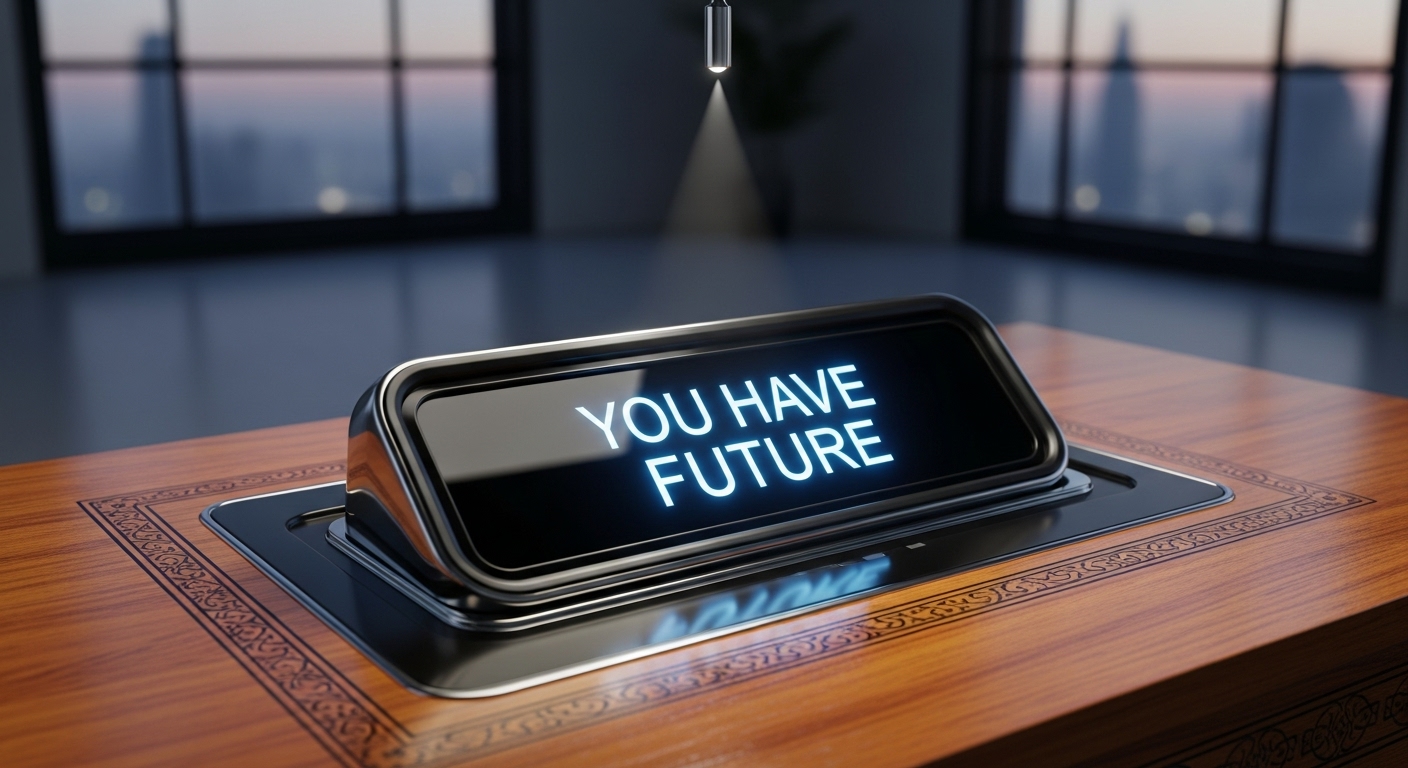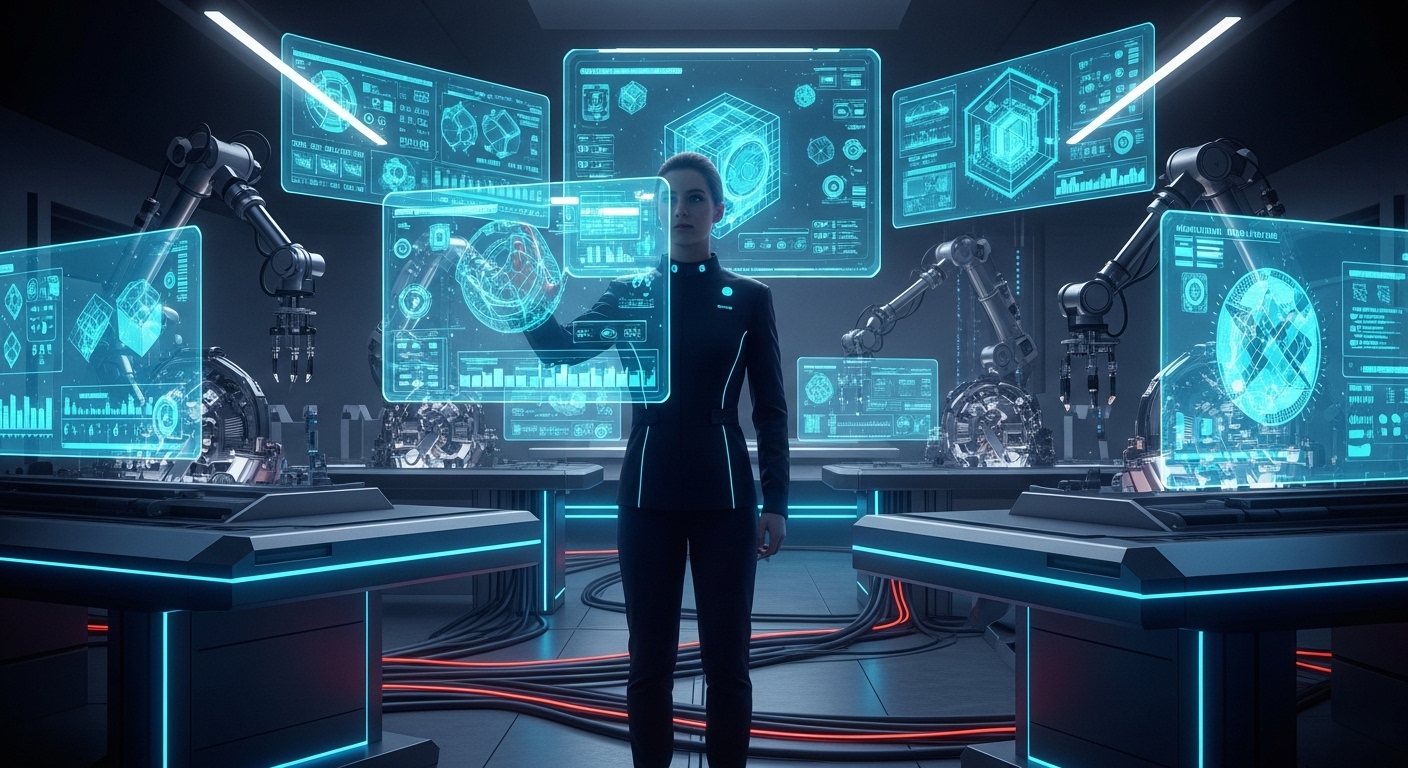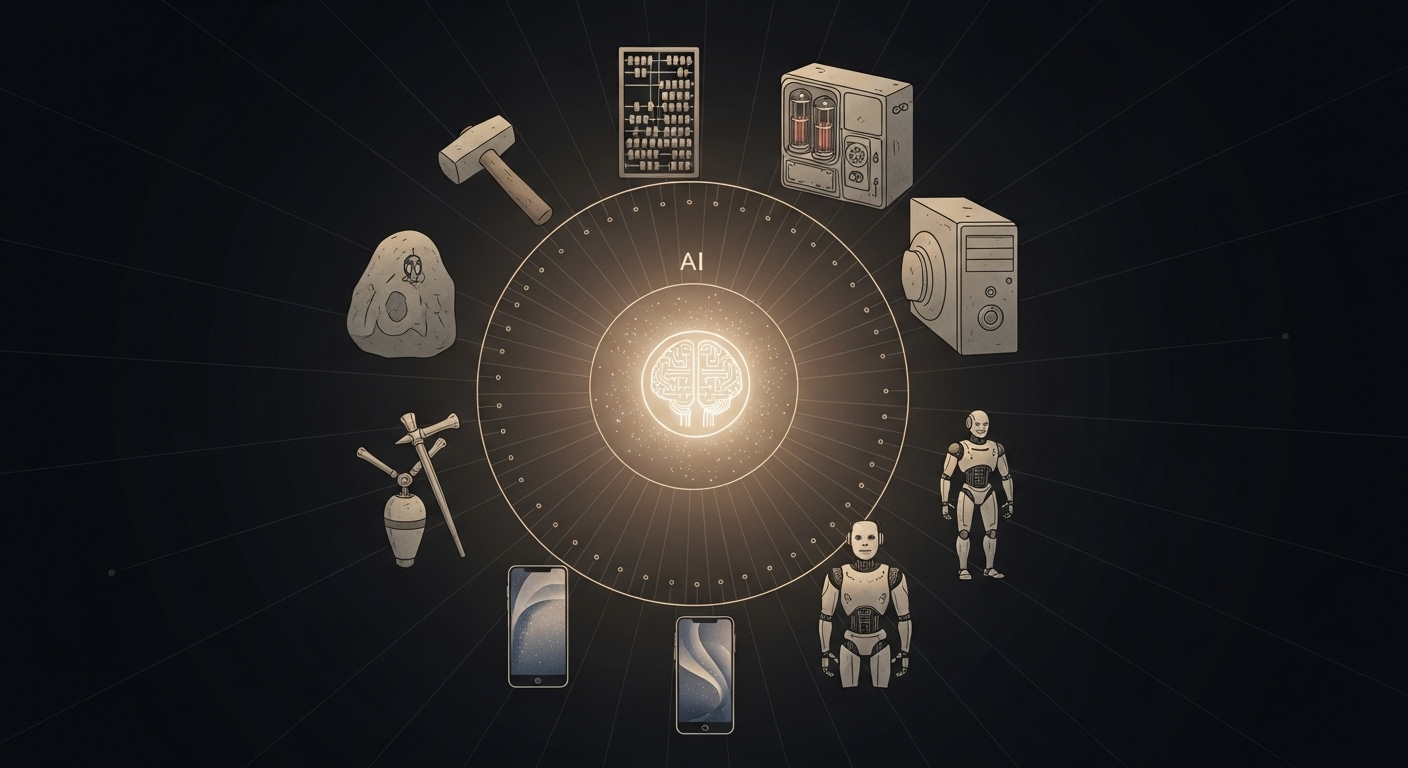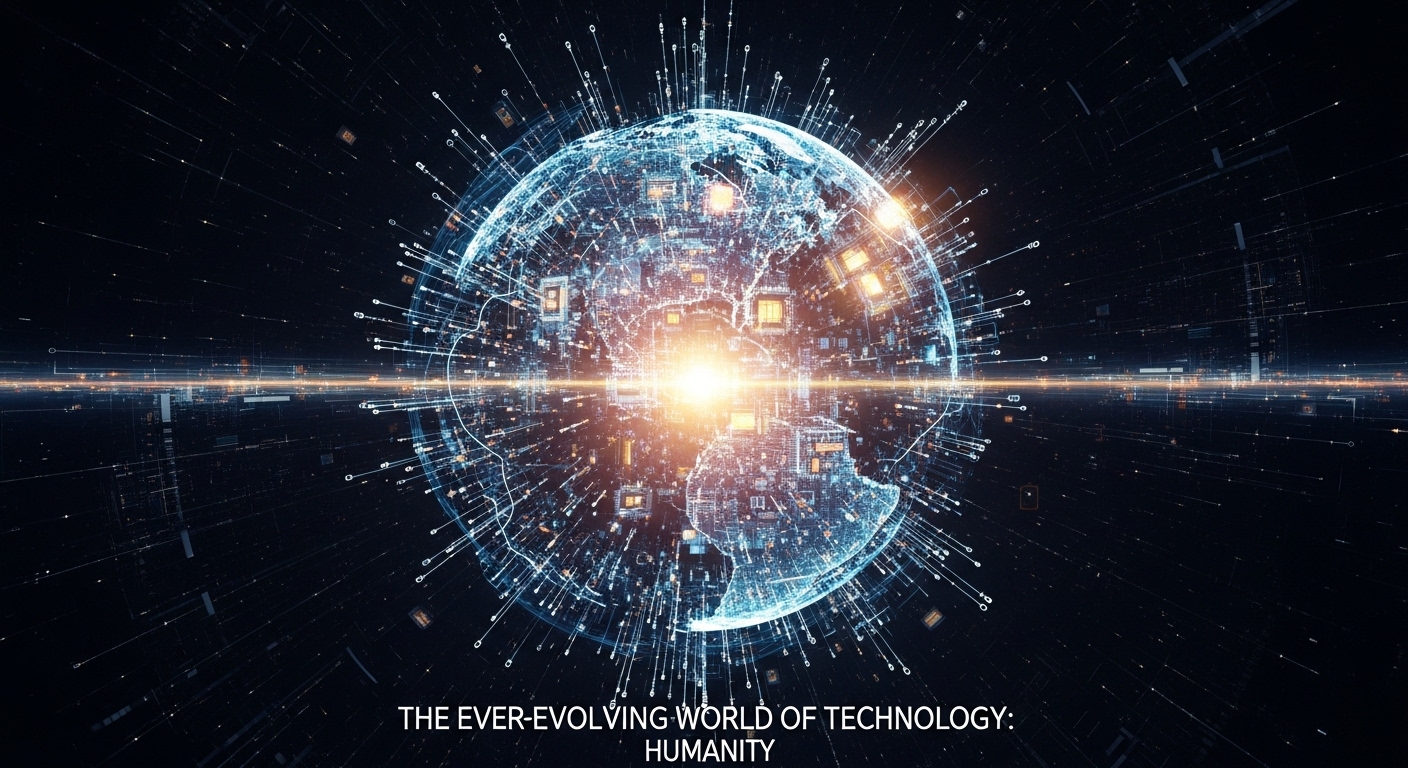Technology has become the heartbeat of modern civilization. Every day, we live surrounded by tools, systems, and devices that make our lives easier, faster, and more connected. What was once unimaginable is now routine. We talk to machines, access endless information in seconds, and witness robots perform surgeries or explore other planets. Technology is no longer an external force; it is deeply integrated into every part of human existence.
In this blog, we explore the vast and fascinating world of technology — its evolution, its impact on industries and daily life, its ethical dilemmas, and its boundless future. The story of technology is, in essence, the story of humanity itself: our constant quest to improve, innovate, and understand the world around us.
The Evolution of Human Innovation
Human progress has always been tied to technological evolution. From the first tools carved out of stone to the supercomputers of today, each invention has marked a turning point in history. The discovery of fire, the invention of the wheel, the creation of writing systems — all were technologies that changed how people lived, communicated, and survived.
The industrial revolutions transformed societies from agrarian communities into urban powerhouses. Steam engines, electricity, and manufacturing systems brought efficiency and production on a scale never before seen. Then came the information age, powered by the invention of computers and the internet, which completely redefined how knowledge and communication flowed across the globe.
Today, we are in the midst of another transformation — one defined by artificial intelligence, automation, and digital interconnectivity. The pace of change has accelerated beyond imagination, and every new breakthrough opens doors to possibilities that reshape industries, economies, and even human identity.
The Digital Revolution and Its Impact
The digital revolution began with a simple idea: converting information into data that computers could process. This shift changed everything. Businesses became digital, governments adopted data-driven systems, and individuals gained the ability to connect globally.
The internet became the central nervous system of modern life. It revolutionized communication through email, social media, and instant messaging. It redefined education with online learning platforms and virtual classrooms. It also created new economies, with e-commerce and digital services becoming dominant forces in the global market.
The digital revolution also brought challenges. Data privacy, cybersecurity, and digital inequality became pressing issues. The world became dependent on digital systems, and as a result, vulnerabilities grew. Despite these challenges, the digital era remains one of the most transformative periods in history, empowering billions and creating opportunities previously unimaginable.
The Power of Artificial Intelligence
Artificial intelligence, or AI, is the most significant technological advancement of the 21st century. It represents the ability of machines to learn, adapt, and perform tasks that once required human intelligence. From speech recognition to self-driving cars, AI has infiltrated nearly every industry.
AI systems analyze vast amounts of data to find patterns, make predictions, and automate decisions. In healthcare, AI helps detect diseases earlier and recommends personalized treatments. In finance, it prevents fraud and enhances investment strategies. In education, AI tailors learning experiences to individual students’ needs.
However, AI also raises deep ethical questions. How do we ensure fairness in AI algorithms? How do we balance automation with employment? Can machines ever truly understand human emotions or creativity? These questions are at the heart of the modern technological debate.
Despite uncertainties, AI continues to evolve at an unprecedented pace, leading to what many call the next industrial revolution — one powered not by machines of steel, but by machines of thought.
The Role of Automation in Modern Work
Automation has redefined the meaning of productivity. Machines and software now handle repetitive tasks with precision and speed. In factories, robots build products with incredible accuracy. In offices, algorithms handle data entry, analysis, and even communication.
While automation boosts efficiency, it also disrupts traditional labor structures. Many fear job losses, but history shows that technological revolutions often replace old roles while creating new ones. The rise of digital skills, remote work tools, and tech-based entrepreneurship are all examples of how technology creates new forms of employment.
Automation also allows humans to focus on creativity, strategy, and emotional intelligence — areas machines cannot replicate. The key lies in balance: using automation as an aid rather than a replacement. The future of work will be defined by collaboration between humans and intelligent systems.
The Growth of Smart Devices and the Internet of Things
Smart devices have become extensions of our lives. From smartphones and wearable watches to connected home appliances, the Internet of Things (IoT) links billions of devices into one massive network. These devices collect and share data, creating smarter environments and more personalized experiences.
In homes, IoT powers smart thermostats, security systems, and voice assistants. In cities, IoT supports traffic management, waste reduction, and energy efficiency. In healthcare, connected devices monitor patients’ health in real time.
However, this interconnectedness also introduces new security and privacy challenges. Each connected device can become a potential entry point for cyber threats. Managing this vast web of data and ensuring its security is one of the defining technological challenges of our time.
The Cloud and the Era of Data
The cloud revolutionized computing by freeing people and businesses from the limitations of local storage. Data, software, and services can now exist anywhere and be accessed anytime. This has not only made collaboration easier but also enabled massive scalability for businesses and developers.
Cloud computing powers almost everything — from streaming platforms to financial systems and scientific research. It allows startups to innovate without heavy infrastructure costs and enables global enterprises to operate seamlessly across borders.
With great data, however, comes great responsibility. The explosion of data has raised concerns about surveillance, control, and digital ethics. Ensuring transparency, consent, and data protection remains an ongoing struggle in a world where information is more valuable than gold.
Cybersecurity: Protecting the Digital Frontier
As technology advances, so do the threats. Cybersecurity has become a cornerstone of modern technology, essential to protect sensitive data, infrastructure, and individuals. Hackers and malicious actors constantly evolve their methods, using sophisticated attacks to exploit vulnerabilities.
Cybersecurity professionals now use artificial intelligence, encryption, and behavioral analytics to combat threats. Governments invest heavily in cyber defense, recognizing that digital attacks can be as dangerous as physical ones.
Yet, cybersecurity is not just about technology; it’s about awareness. Users play a vital role by understanding how to protect their digital identities. As the world becomes more connected, cybersecurity will continue to evolve as one of the most critical areas of innovation and protection.
The Rise of Virtual and Augmented Reality
Virtual reality (VR) and augmented reality (AR) have transformed entertainment, education, and work. VR immerses users in digital environments, while AR overlays information onto the real world. Together, they create interactive and immersive experiences that redefine how we perceive reality.
In gaming, VR allows players to step into fantastical worlds. In education, students can explore historical sites or scientific simulations. In healthcare, VR is used for therapy, pain management, and training surgeons.
AR has revolutionized industries like architecture, engineering, and retail. Workers can visualize complex designs, and customers can try products virtually before purchasing. The blending of real and digital worlds marks a new chapter in human experience — one where imagination and reality coexist seamlessly.
Green Technology and the Quest for Sustainability
As climate change becomes a defining issue, technology is being used to build a more sustainable future. Green technology focuses on reducing environmental impact through innovation. Solar energy, wind power, electric vehicles, and smart grids are transforming how we produce and consume energy.
Sustainable technology is not limited to energy. It extends to agriculture, manufacturing, and waste management. Smart farming techniques use sensors and AI to optimize crop growth while conserving water. Recycling technologies are turning waste into reusable materials.
Technology also helps monitor environmental changes, track wildlife, and reduce pollution. While innovation can create new challenges, it also provides the tools to solve them. The future of technology must align with the health of our planet, ensuring progress does not come at the cost of sustainability.
The Ethics of Technological Advancement
Every technological leap brings ethical questions. Should we clone humans? How much privacy should we sacrifice for convenience? Can machines have rights? These debates highlight the complex relationship between innovation and morality.
As artificial intelligence grows more autonomous, concerns about accountability increase. Who is responsible when an algorithm makes a harmful decision? Similarly, issues around data privacy, digital addiction, and misinformation challenge the balance between progress and human well-being.
Ethical technology requires transparency, fairness, and inclusivity. Innovators must consider not just what technology can do, but what it should do. The future of tech depends on humanity’s ability to align innovation with values that protect dignity and equity.
The Global Technology Divide
While technology connects the world, it also reveals deep inequalities. Many regions still lack access to reliable internet or digital education. This digital divide limits opportunities and perpetuates economic and social disparities.
Efforts are being made to bridge this gap through affordable connectivity, digital literacy programs, and open-source platforms. Technology has the potential to empower everyone, but only if access is universal. The future of innovation must prioritize inclusivity, ensuring that no one is left behind in the digital age.
The Future of Human-Technology Interaction
Technology is no longer separate from humans; it is becoming part of us. Wearable devices monitor our health, neural interfaces connect minds to machines, and artificial intelligence assists in daily decision-making. The boundaries between biology and technology are fading.
This convergence raises exciting possibilities. Imagine prosthetics controlled by thought, or AI assistants that understand emotion and empathy. These innovations will redefine what it means to be human. Yet, they also require careful consideration of ethics, privacy, and identity.
The future will likely see humans and machines working side by side — a symbiotic relationship where technology amplifies human potential rather than replaces it.
The Importance of Education in a Technological World
As technology evolves, education must evolve with it. Digital literacy has become as essential as reading and writing. Understanding how technology works — from coding to cybersecurity — is vital for future generations.
Education systems around the world are integrating technology into classrooms, using digital tools to make learning more interactive and personalized. Online learning has made education accessible beyond borders, empowering individuals to learn new skills anytime, anywhere.
The goal of education in the digital age is not just to use technology, but to understand and shape it. By teaching creativity, critical thinking, and ethics, we prepare people to navigate the complex world of innovation responsibly.
The Boundless Future of Technology
Technology has always been driven by imagination. Today’s science fiction often becomes tomorrow’s reality. From quantum computing to space exploration and artificial consciousness, the frontier of innovation is infinite.
Quantum computing promises to revolutionize problem-solving by performing complex calculations at unimaginable speeds. Space technology is opening new possibilities for colonization and resource exploration. Biotechnology is enhancing medicine, extending life, and reshaping evolution itself.
Each new discovery expands our understanding of what is possible. But as we move forward, the greatest challenge will not just be creating smarter machines — it will be ensuring that they make humanity better, more compassionate, and more connected.
Conclusion
Technology is the story of human progress. It reflects our creativity, ambition, and resilience. From the simplest tools to the most advanced machines, every innovation represents a step forward in our collective journey.
The future of technology is limitless. It will continue to shape how we live, work, and think. But progress must be guided by wisdom and responsibility. Innovation should serve humanity, not dominate it.
As we enter an age defined by artificial intelligence, digital ecosystems, and global connectivity, one truth remains constant: technology is not just about machines — it is about people. It is about the desire to explore, to improve, and to create a world where knowledge, opportunity, and imagination have no boundaries.
Technology is not just the future; it is the bridge between dreams and reality. And as long as humanity continues to dream, innovation will never cease to evolve.



